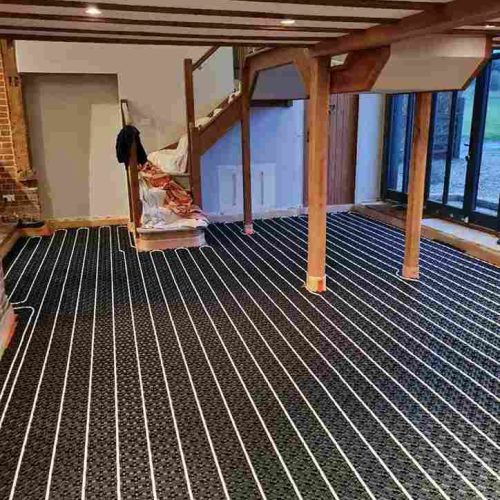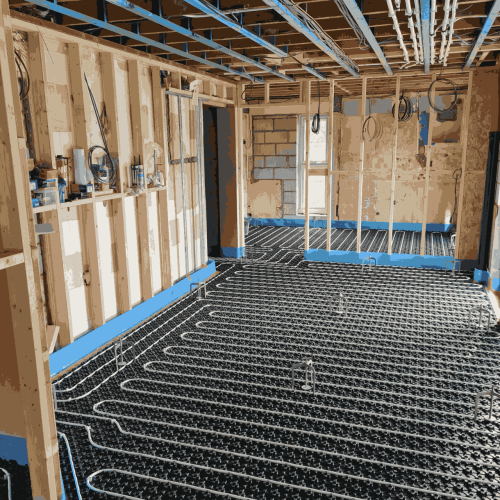Feel Free to Contact Us
Fast Delivery
100% Secure
Login / Registration
Experience the warmth from the ground up: Discover the comfort of underfloor heating.
Feel Free to Contact Us
100% Secure
Login / Registration
Login / Registration
100% Secure
Feel Free to Contact Us
Feel Free to Contact Us
Feel Free to Contact Us
Underfloor heating is a popular method of heating homes and buildings, and certain types of flooring work best with this heating system. The ideal types of floors for underfloor heating are those that conduct and retain heat efficiently without being damaged or causing issues with the heating system. Here are some flooring options that are suitable for underfloor heating:
It’s essential to consult with the flooring manufacturer or supplier to confirm that the flooring material is compatible with underfloor heating. The specific type of underfloor heating system (electric or hydronic) and its installation method may also influence the flooring choice.
Some flooring materials, such as thick or high-density carpets and solid hardwood floors, are unsuitable for underfloor heating, as they can act as insulators and hinder the heating system’s efficiency. Always follow the manufacturer’s flooring and underfloor heating system guidelines to ensure safe and efficient operation.


Concrete screed floors are an excellent choice for underfloor heating systems due to their high thermal conductivity and ability to distribute and retain heat efficiently. The screed layer acts as a thermal mass, absorbing the heat from the underfloor heating system and radiating it evenly throughout the room.
Wet Underfloor Heating System: In this system, pipes or tubing are embedded within the concrete screed layer. The pipes circulate warm water, which heats the concrete, creating a radiant heat source for the room. The heated concrete then releases warmth into the space, providing a comfortable and consistent heating effect.
Advantages of using concrete screed floors with underfloor heating:
It’s important to note that the concrete screed should cure fully before the underfloor heating system is activated. Additionally, proper insulation is crucial to prevent downward heat loss and improve the efficiency of underfloor heating.
When installing underfloor heating on concrete screed floors, it’s best to seek professional advice and have the system designed and installed by experienced underfloor heating specialists. Following the manufacturer’s guidelines for the underfloor heating system and the flooring finish is essential for optimal performance and safety.
Floating floors can be used with underfloor heating systems, but there are some essential considerations to ensure the compatibility and effectiveness of the heating system. A floating floor is a flooring installation method where individual planks or tiles are not directly attached to the subfloor. Instead, they are laid over an underlay, thin foam, or cork layer, allowing the floor to “float” on top of the subfloor.
Here are some factors to consider when using floating floors with underfloor heating systems:
Flooring Material: Certain floating floors are better suited for use with underfloor heating. Materials with good thermal conductivity, such as laminate, engineered wood, and luxury vinyl planks/tiles, are recommended. These materials allow heat to transfer efficiently from the heating elements to the floor surface and into the room.
Underlay: The underlay used beneath the floating floor should have low thermal resistance to allow the heat to pass through efficiently. It should also provide some insulation to direct the heat into the room.
Heating System Design: The underfloor heating system should be properly designed to suit the specific floating floor and the room’s heating requirements. Following the manufacturer’s guidelines for the heating system and flooring material is crucial.
Expansion Gaps: Floating floors require gaps around the room’s edges to allow for natural expansion and contraction due to temperature changes. These gaps should be maintained, and suitable trims or mouldings should be used to cover them.
Thermostat Control: A suitable thermostat control system should be used to regulate the temperature of the underfloor heating, ensuring comfortable and efficient heating.
Suppliers of quality underfloor heating providing heat and warmth to an entire building or a specific zone within it. It involves the installation of a central heat source, which generates heat, and a network of pipes that distribute the heated water throughout the building.